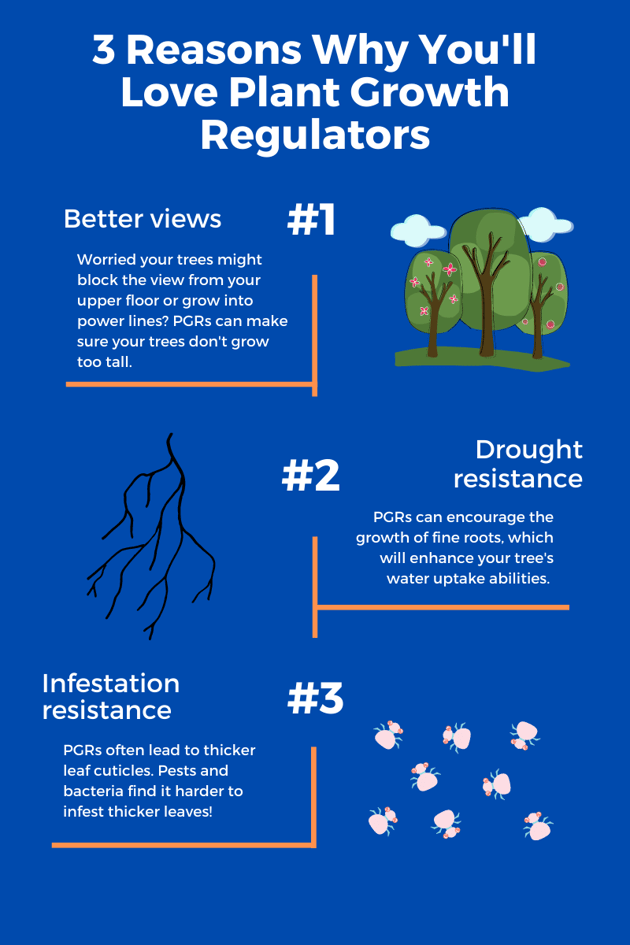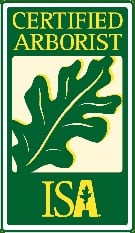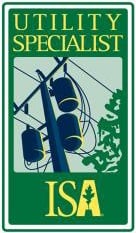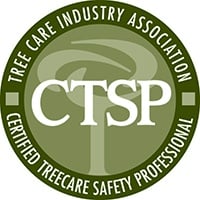You have a gorgeous view from the bedroom of your Charlotte, NC home. That view was part of the reason why you fell in love with the property in the first place. You like the trees on the property, too, but now they're getting pretty tall. They're starting to threaten that beautiful view.
Pruning your tree is an option, but plant growth regulators (PGRs) can help, too. And PGRs can come with many more benefits than just controlling growth.
What are plant growth regulators?
PGRs have been used to control plant growth for decades, especially in the fruit and floriculture production industries. Paclobutrazol is the only PGR used for tree growth control. It works by interrupting the production of gibberellin, the hormone behind stimulating cell elongation in trees.
So, what happens when there's less of those hormones in a tree? Shorter trees!
Paclobutrazol is effective on more than 70 tree species and can reduce growth by 30-70 percent on average. The amount of growth reduction depends on the tree species. The treatment may also reduce growth in the diameter of the trunk and branches.
PGRs vs. pruning
It's not hard to see why some people don't want trees growing sky high in urban environments. Along with blocking views, trees could also grow into power lines. Professionals can prune the tree using heading cuts, which can control the direction of growth. But sometimes that isn't the best option.
For one thing, heading cuts can negatively impact a tree's form. For another, heading cuts can lead to shoots regrowing with a vengeance.
PGRs can control your tree's growth and cut down on the need for pruning (see what we did there?).

More than just growth regulation
Paclobutrazol comes with many secondary benefits. Since the tree isn't devoting as much energy and resources into upward growth, it can divert more to other processes. That's why you may notice smaller, but greener, leaves — the tree has more resources to devote to producing chlorophyll, which makes the leaves greener and more efficient at photosynthesis.
Underground, your tree will be growing more fine roots, which will enhance its water uptake abilities. That will keep your tree going strong even when the Charlotte, NC area is experiencing drought-like conditions.
Paclobutrazol treatments also increase the production of abscisic acid, a hormone that causes stomata (the pores on a leaf) to close. With stomata closed, the leaves can retain more water — another thing that can help a tree weather a drought.
Another thing about abscisic acid is that it makes leaf cuticles thicker. It's harder for fungi, bacteria, and pests to infest thicker leaves.
Paclobutrazol has fungistatic properties that can boost a tree's fungal resistance, as well.
See the difference for yourself
Here at Carolina Tree Care, we apply PGRs to trees around the Charlotte, NC area via soil-injection. Soil-injection treatments allow for precise, fast application. Your tree will take up the paclobutrazol through its roots, move it up through its xylem, and get it to the growing points near branch tips.
You'll start to see changes in your tree after about three months, and the effects can last for three years or more.
Interested in plant growth regulator? Get in touch with our certified arborist to see if it would benefit your trees!







